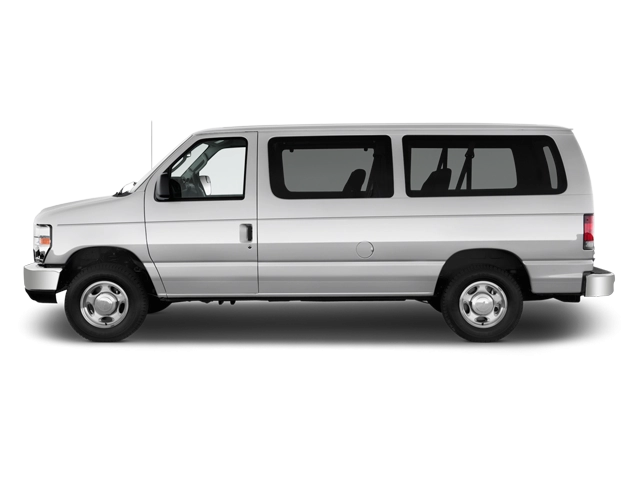2006 Ford E450 Owner's Manual

Table of Contents
FAQ about the 2006 Ford E450 Manual
What contains the 2006 E450 manual?
The Ford E450 owner's manual is a comprehensive guide provided by Ford to assist owners in understanding and operating their specific model of the Ford E450. It contains important information about the vehicle's features, functions, and maintenance requirements. A general overview of what you might find in a Ford E450 2006 owner's manual:
- Instrument Panel and Controls, including dashboard indicators, warning lights, and controls
- Environmental Information about environmentally-friendly driving practices
- Best practice for driving your Ford E450
- Basic operations, like starting and stopping the engine and driver settings
- Maintenance for your Ford E450, such as oil changes, tire rotations, brake inspections, and fluid checks
Where to download the 2006 Ford E450 Owners Manual?
The Ford E450 owner manual for the 2006 model year is to be found on this page.
Is the manual for the Ford E450 year 2006 free?
Yes, the owner manual for the model year 2006 is free, but the repair manuals are usually not easy to get and may cost more.
The Ford E450 (2006) owner's manual is available in English?
Yes, the owner's manual for the model year 2006 is available in English.
Manual Questions
Fill the form below and someone will help you!

